Transcendental Curves in the Leibnizian Calculus
In the late 17th century, mathematics was at the brink of an identity crisis. For millennia, mathematical meaning and ontology had been anchored in geometrical constructions, as epitomised by Euclid's ruler and compass. As late as 1637, Descartes had placed himself squarely in this tradition when he justified his new technique of identifying curves with equations by means of certain curve-tracing instruments, thereby bringing together the ancient constructive tradition and modern algebraic methods in a satisfying marriage. But rapid advances in the new fields of infinitesimal calculus and mathematical mechanics soon ruined his grand synthesis. Descartes's scheme had left out transcendental curves, i.e. curves with no polynomial equation, but in the course of these subsequent developments such curves emerged as indispensable. It was becoming harder and harder to juggle cutting-edge mathematics and ancient conceptions of its foundations at the same time, yet leading mathematicians such as Leibniz felt compelled to do precisely this. The new mathematics fit more naturally an analytical conception of curves than a construction-based one, yet no one wanted to betray the latter, as this was seen as virtually tantamount to stop doing mathematics altogether. The credibility and authority of mathematics depended on it. The present study offers a comprehensive analysis of this conflict between the old and the new, synthesising its mathematical and philosophical aspects. The conflict in question permeates the early development of the calculus; only by bringing to light this underlying and often implicit complex of concerns can one understand the mathematical works of this period in their own terms. Conversely, the finer technical points of mathematics provide deeper insight into how the geometrical method was conceived. This is a matter of crucial importance for understanding 17th century thought generally, since geometry was seen as a uniquely successful branch of learning, whence philosophical and scientific research was often explicitly intended to replicate its method.
{{comment.content}}
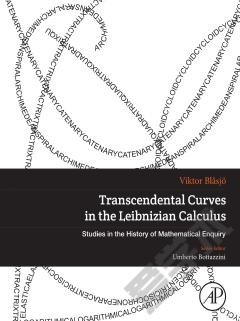
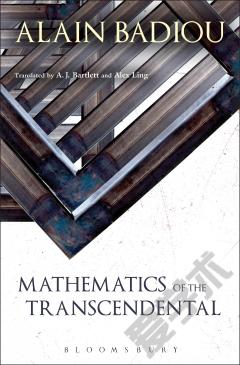
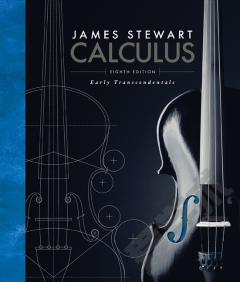


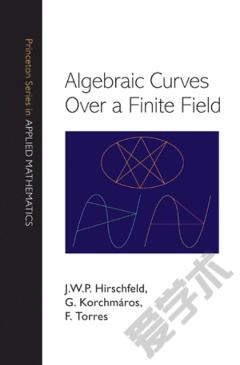
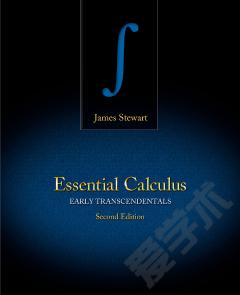

 京公网安备 11010802027623号
京公网安备 11010802027623号